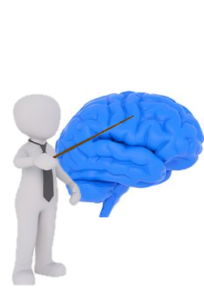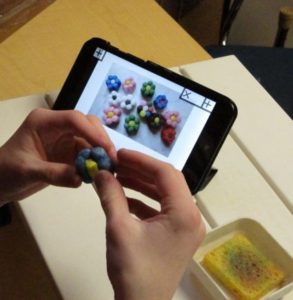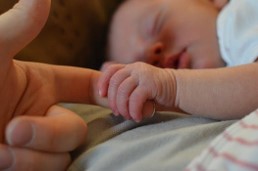Fingertip prehension patterns begin early on in life, but are some of the last motor functions to mature completely. In some part, this is because such a large part of the motor region in the brain is dedicated to coordinating movements of the hand. This means that it takes more focused attention and mental effort to move the hand and fingers, than it does to move other parts of the body. This is one reason why children with sensory processing dysfunction and coordination difficulties tend to have awkward prehension patterns.

Fingertip prehension patterns are involved in manipulating objects in our environment used for hygiene (tissue for nose blowing), dressing (buttons, zippers, shoe laces), eating (knife and fork), money matters (coins, currency and card transactions), academic skills (handwriting, using scientific and mathematics equipment), as well as for social matters (IPhone, tablet).
Most forms of learning require repetition. This is true of hand function as well. Fingertip prehension patterns are more selective because they have more numerous sensory receptors than other parts of the body.
Using Magic Nuudles (craft material made of cornstarch and food coloring) is one way to provide the repetition needed to stimulate the fingertips and activate learning. This flexible media sticks to itself when wet and can be molded into a variety of forms.

This child is showing the ability to stabilize (hold an object still) with the fingers of her non-dominant hand while she manipulates (or mobilizes) the fingers of her dominant hand to glue the Magic Nuudles around the middle to make a flower. This activity inherently requires repetitive fingertip prehension patterns of both hands and is a task that can be used as a tool for learning how to manipulate objects for daily living skills.


Comments are closed.